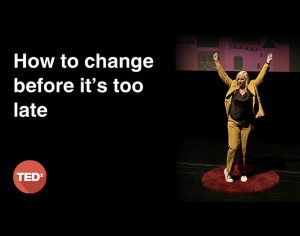With the economy seemingly taking slow steps towards sunnier climes – akin to the balmy British weather – the latest Labour Market Statistics from the Office of National Statistics (ONS) are certainly worthy of some consideration.
The headline figure – at least for the majority of economic observers – is that for the three months from March-May 2013, UK unemployment has fallen by 57,000 to 2.51 million. Nothing to be sniffed at there you may think. A drop in youth unemployment of 20,000 could provide further reason for cheer, although it still remains worryingly high. Meanwhile, there was a small increase in the total number of people in work though – 16,000 to be precise – and when looking over a longer timeframe, we see how the situation appears to have markedly improved over the course of the last twelve months – most notably, employment is up 336,000 from the same time last year. And all said and done, there are currently 29.71 million people in work, with the employment rate currently standing at 71.4%. Finally, focusing again on those out of work, the 2.5 million unemployment figure represents a 72,000 fall year-on-year, with percentage of the labour force aged 16 or over without a job currently standing at 7.8%.
This all sounds rather rosy, you may think, but there remains some considerable cause for concern when the figures on long-term unemployment are put under the microscope. Whilst the number of people who have been seeking work for less than a year has fallen by 104,000 to 1.59 million over the course of the last twelve months, there has been a marked increase in the number of those who have been unemployed for over a year. A figure of 915,000 with regards to the latter represents a year-on-year rise of 32,000, but this almost pales into insignificance when considering this is the highest this figure has been since 1996 – a whole 17 years ago.
And even this only paints half the picture – or less than half – as 474,000 of that 915,000 have been out of work and looking for work for over two years. This is keeping in line with what we reported on the previous batch of ONS figures, but it’s worth reinforcing how disheartening a fact it is that almost a fifth of the UK’s unemployed have been job hunting since the middle of 2011. Add to this that the number of vacancies within the UK continued to rise to reach 529,000 for April-June 2013, the highest since 2008, and it is clear there is still a fair bit of work to do.
This is echoed by David Kern, chief economist at the British Chambers of Commerce (BCC), who said: “With employment rising and unemployment falling, the labour market remains an area of strength for the UK economy. There are some areas of concern, however. Long-term unemployment is up, and youth unemployment, while edging down, is still too high.
He added: “The government and the Bank of England can do more to help businesses continue creating jobs. The positive measures announced in the Spending Review, such as providing more support for exporters and infrastructure projects, should be implemented as soon as possible, and further efforts are needed to increase the flow of credit to viable businesses.”
We’d certainly vouch for all of that – let’s just see how ‘soon’ is soon. ![]()
Share via:


















































